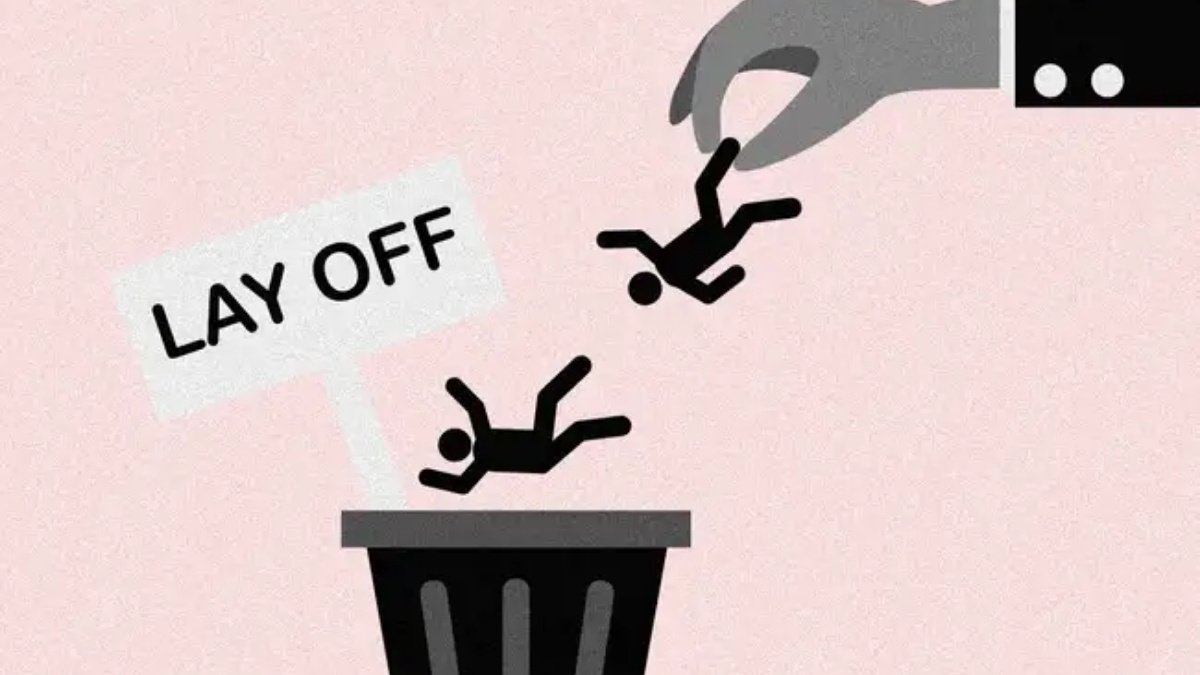Moody’s Analytics chief economist Mark Zandi is warning again that the American economy is in a fragile position. He said almost a third of the country is already in recession or very close to it.
In social media posts on Sunday, Zandi explained that states accounting for about one-third of U.S. GDP are already struggling. He added that another third are barely growing, while the remaining third are expanding.
According to his review, regions under pressure include parts of the Midwest, New England, and the Washington, D.C. area. Job cuts in government-related positions have made the District especially weak.
He stressed that the South, while still performing above average, has seen its growth slow. “Southern states are generally the strongest, but their growth is slowing,” Zandi said.
The economic map is uneven. California and New York, together representing over one-fifth of national GDP, are holding steady. Their stability, Zandi believes, is a major factor preventing a broader downturn.
After earlier saying the U.S. was on the precipice of a recession, Zandi has offered a more detailed state-level breakdown. This view paints a mixed picture of strength and weakness across the country.
The list of states that he labeled at recession or high risk included Minnesota, Illinois, Massachusetts, Virginia, Oregon, and Washington. The District of Columbia was also included because of shrinking government payrolls.
States that are currently treading water include New York, California, Nevada, Ohio, and Michigan. Meanwhile, expanding states include Texas, Florida, Pennsylvania, Indiana, Arizona, and Utah, keeping some balance for the national economy.
At the national level, the Atlanta Fed’s GDP tracker still points to positive growth this summer. Output is seen rising 2.3 percent in the third quarter, down from 3 percent in the second.
That slowdown signals moderation rather than collapse, but Zandi argued that the danger is building. Moody’s proprietary model has put the odds of a downturn in the next 12 months at 49%.
He cautioned that even if the nation avoids a downturn, growth will remain weak. Tax relief and defense spending may support activity, but those factors will not arrive until next year.
“The economy will be most vulnerable toward the end of this year and early next year,” Zandi said, pointing to inflationary pressures from tariffs and strict immigration policy.
These policies will reduce household purchasing power, he said, and such pressure on consumer spending could be enough to tip the balance toward a contraction.
Job market data is flashing warning signs as well. Payrolls expanded by only 73,000 in July, well below expectations for 100,000. Recent downward revisions have revealed even sharper declines.
May’s jobs were cut to only 19,000 from an earlier estimate of 144,000. June was revised down to only 14,000 from the initial total of 147,000.
Together, those additions mean the three-month average was just 35,000, far below the level needed to keep up with population growth. Zandi said these revisions may hint that losses have already begun.
“Also telling is that employment is declining in many industries. In July, over half were cutting jobs, with health care as the only area growing,” Zandi added.
The economist said that more than half of the 400 industries in the payroll survey are now shrinking. In the past, such broad-based declines have coincided with official recessions.
He also warned that financial risks are present. If bond markets sell off and yields climb, borrowing costs could rise quickly, putting more pressure on businesses and households.
Policy choices are adding stress too. Zandi said tariffs and immigration rules are raising inflation at the wrong time, raising operating costs for companies while hurting workers and consumer demand.
He said the next six months will be critical for whether the nation slips. If consumers react sharply to higher prices and weaker job gains, recession risks could materialize.
[inline_related_posts title=”RECOMMENDED” title_align=”left” style=”list” number=”2″ align=”none” ids=”” by=”categories” orderby=”rand” order=”DESC” hide_thumb=”no” thumb_right=”no” views=”no” date=”yes” grid_columns=”2″ post_type=”” tax=””]
Still, some areas remain stable. Growth in parts of the South and West is providing some offset. High consumer spending in Florida and Texas is helping balance out weaker areas like the Midwest.
The national picture remains one of uncertainty rather than collapse. But Zandi’s warning highlights that the margin between slow growth and contraction may be razor thin, according to Fortune.















